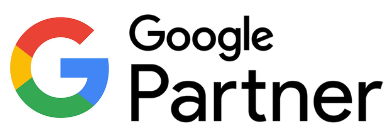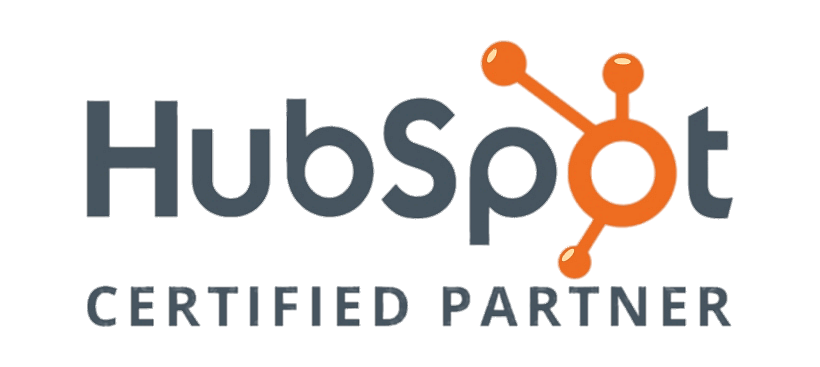Facebook Management Service
W3site Marketing delivers Facebook page management services to businesses across the globe to help them engage and grow their audience base. We can help raise your brand presence, online reputation and attract more visitors using the power of Facebook.

How To Manage Your Facebook Business
Many companies and organizations now use Facebook Pages instead of creating their own websites, or as another way to connect with the people who use their services. A Page allows you to post basic information about your organization on Facebook. Once you’ve created a Page, you can then invite people to like the Page and share posts and updates with them. Anyone who likes the Page can also leave reviews, ask questions, and more.
How to Make an Facebook Business Account?
A Facebook business page is a public Facebook account used by brands, organizations, public figures, and artists. Businesses use Facebook Pages to:

- post status updates
- share content
- share contact information
- promote goods and service
- promote events
- connect with existing customers
- reach new audiences
First, let’s look at how to set up a Facebook business page from your personal profile. This workflow is best if you don’t want to use Business Manager or Business Suite to manage your page. You can always move the page to Business Manager later if your needs change.
How to create a Facebook Business Page
1. Navigate to Your Personal Profile
Start by opening Facebook in a browser and clicking the flag icon in the top menu bar. Then click the Create New Page button in the left-hand menu. You’ll automatically be redirected to Facebook’s Create a Page pop-up.
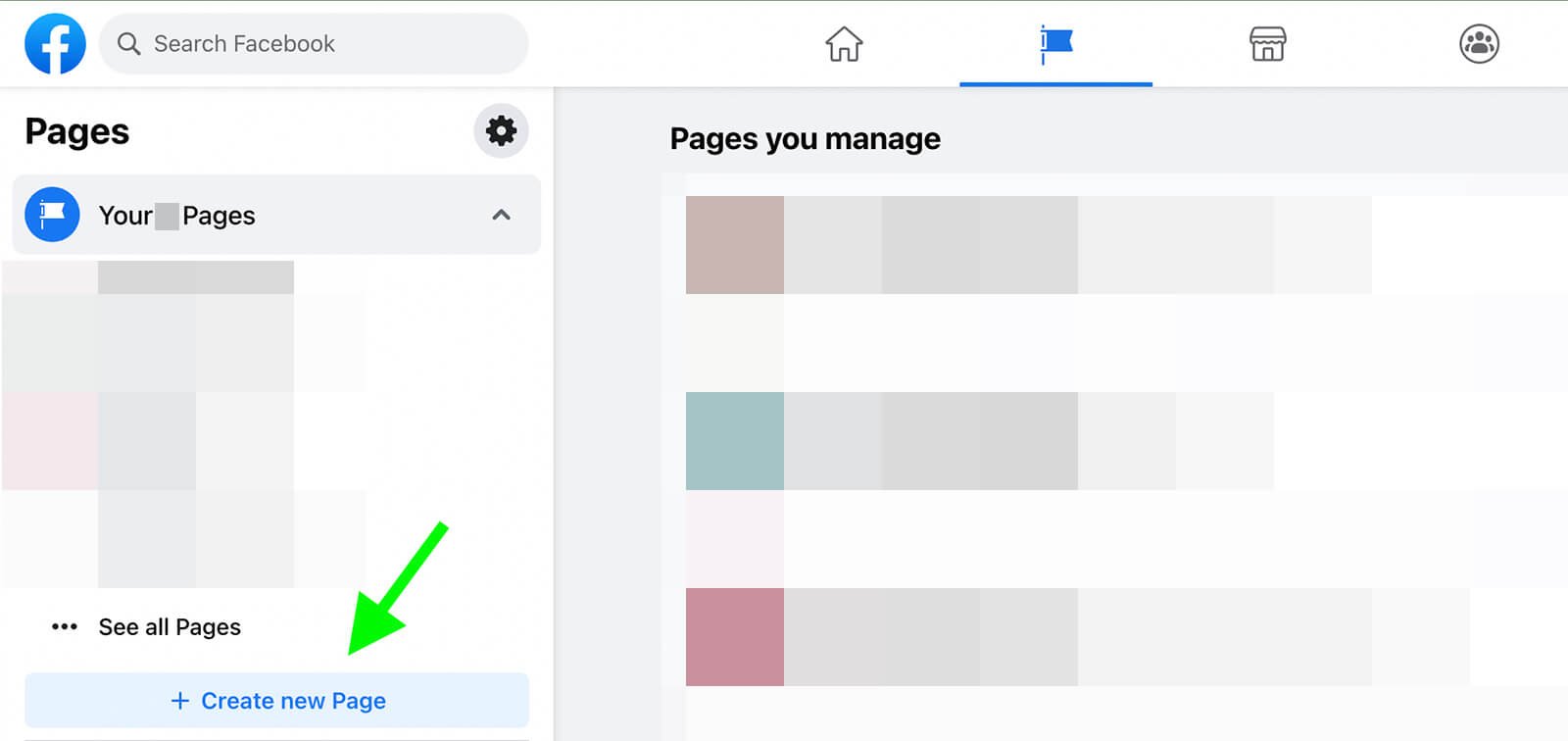
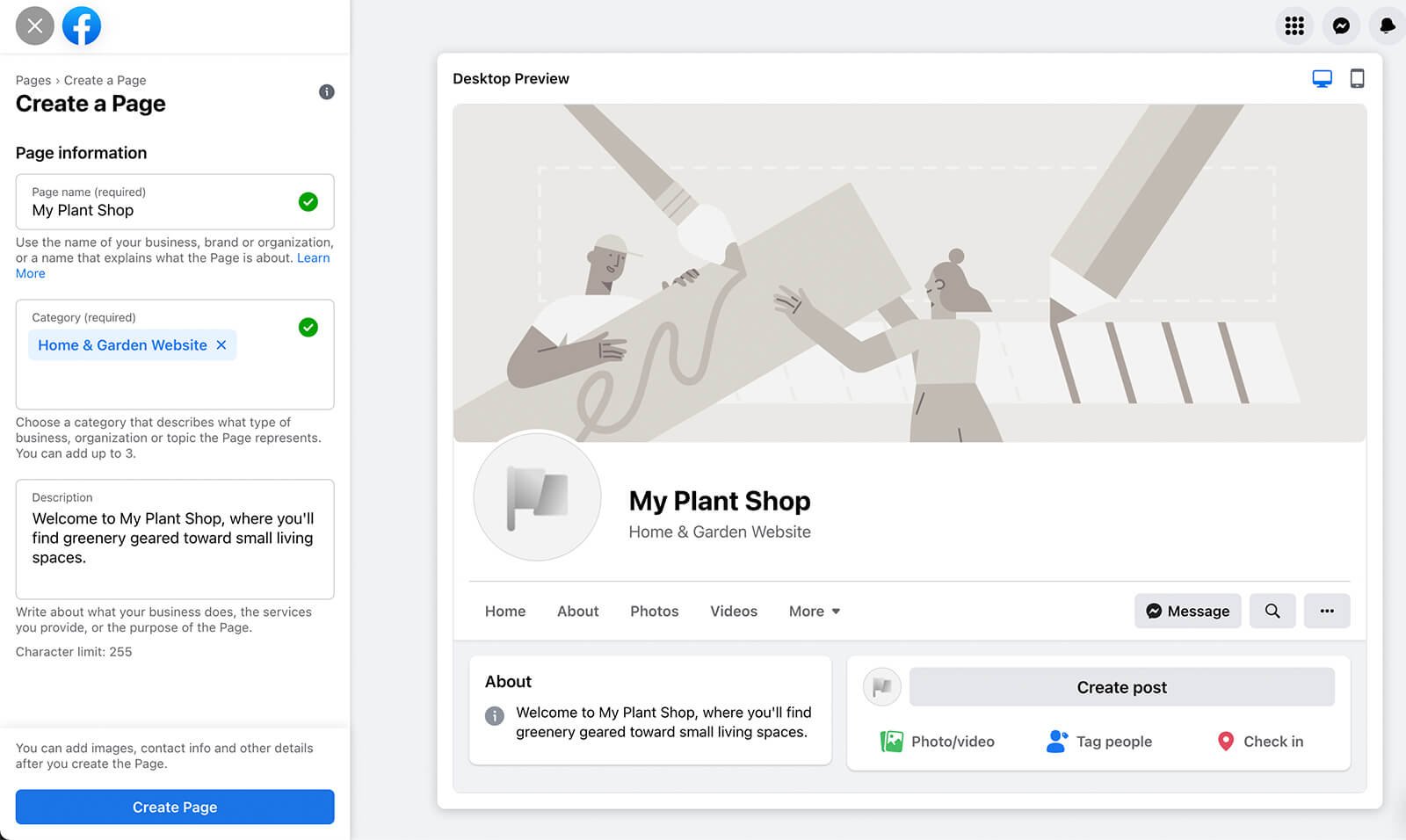
2. Enter Basic Page Information
Next, add basic information about your business. Enter a page name and indicate that you see a green check, which confirms that the name you entered follows Facebook’s page name rules. For example, the page can’t include inappropriate capitalization or punctuation.
Choose up to three categories that describe your business. Type a keyword or two to start browsing your options.
3. Upload Facebook Page Images
After you’ve created the page, you’ll see some new options to upload images. Add a profile photo that your customers can easily recognize and associate with your business—such as your logo, your product, your location, or yourself (if your page represents a public figure).
Note that Facebook recommends using a square image that displays at 170 x 170 pixels. And keep in mind that it displays as a circle, so the corners may be cut off.
Next, choose a cover photo to tell customers more about your business. Your cover image might show some of your products, a view of your store, a snapshot of your team, or your current offer. Although it’s a good idea to keep your profile photo consistent, you can plan to change your cover photo frequently.

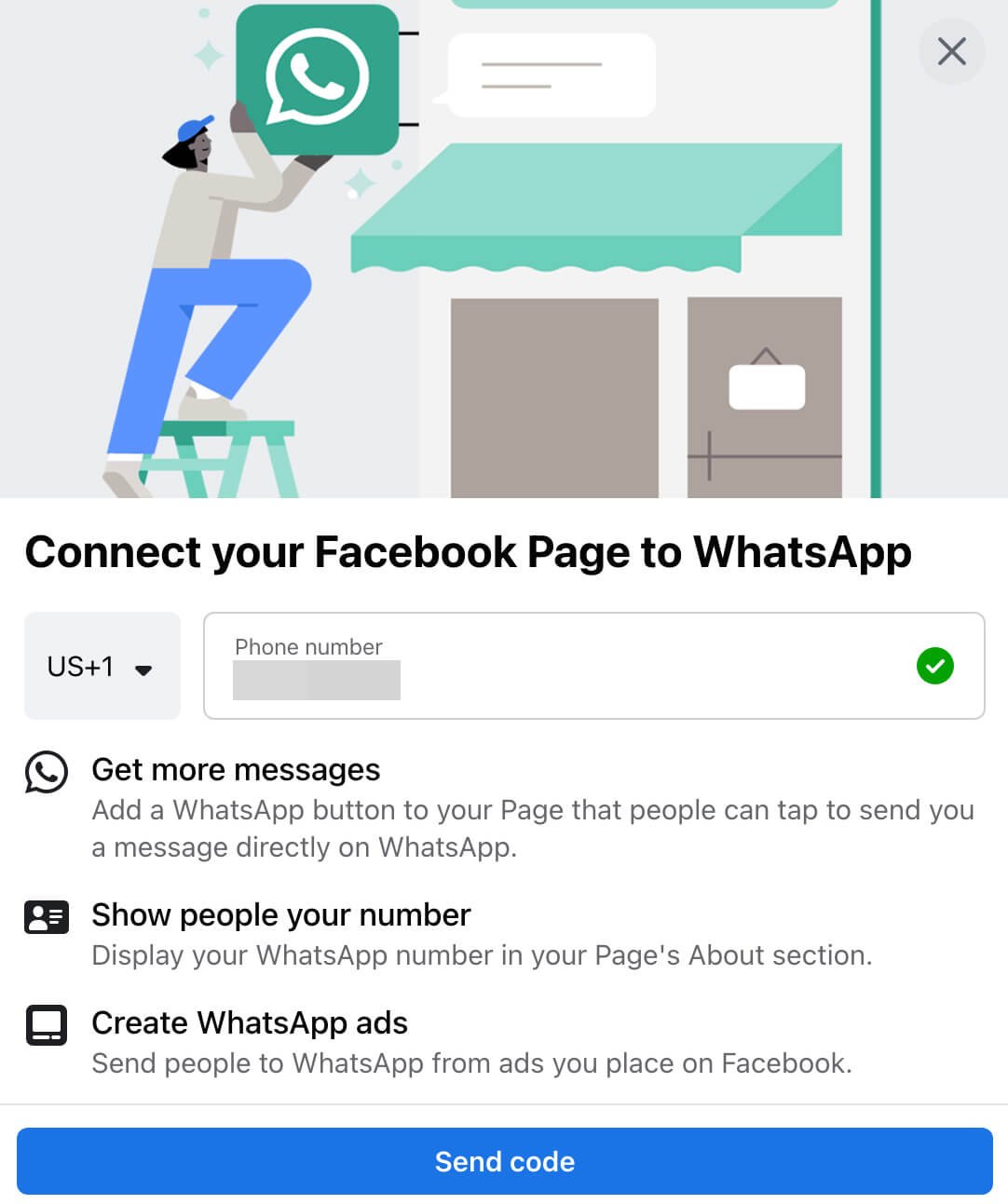
4. Connect Your Facebook Page to WhatsApp
Next, you’ll see an option to connect your Facebook page to your WhatsApp business account. This is an optional step that you can complete now or return to later.
If you do connect your WhatsApp business account, note that anyone who visits your Facebook page can see your WhatsApp number. You can also add a WhatsApp button to your page, include a button in certain posts, or run WhatsApp ads to get more messages.
5. Create your first post
Now your Page is finally fully ready. Well, except for one thing.
Facebook posts.
Before inviting people to like and follow your Facebook Page, you should post some relevant and helpful content. You can either create your own posts or share content from experts in your industry.
For inspiration, check out this Hootsuite article on Facebook marketing.
You can also create a specific kind of post, like an event or job. To do this, click one of the options in the Create box at the top of your page.

We Manage Regular Posts On Your Facebook Business Page.
It’s in best practice, on every social media network, to post content regularly for your followers, but what is the sweet spot for posting on Facebook? If you post at least once a day (or up to 5-7 times a week), your followers should see a steady stream of updates from you.
That being said, posting 5 times a week without an engagement strategy will not help you in Facebook’s eyes. Generally speaking, a minimum of 70% of your content should be fun, educational, and engaging. This includes student highlights, photos of classroom instruction, trivia questions, and anything that encourages comments and responses. A small 10% of your calendar can be reserved for promotional posts (like admissions-focuses messages), and up to 20% can be saved for shared content from other sources. Sticking to this 70-20-10 rule will help build an engagement-focused calendar that will get your content seen and interacted with more regularly.
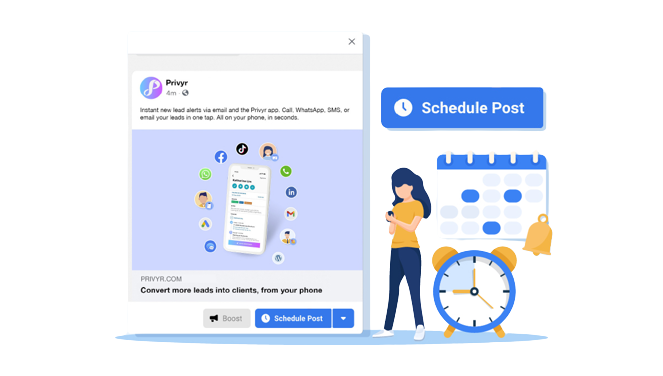

Let’s talk about Your project business audience goals website marketing
Talk to our team about how you can improve your strategy with web design and development services.



